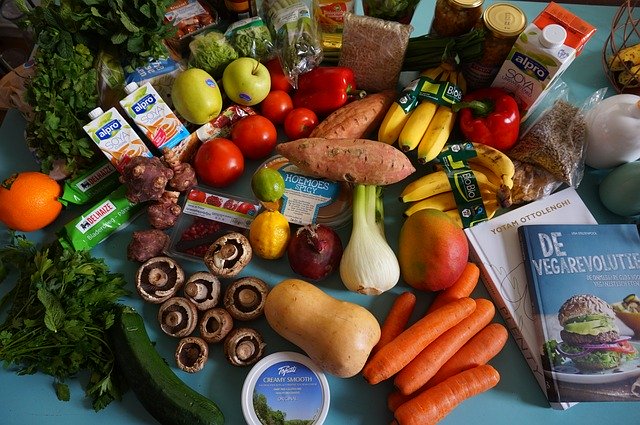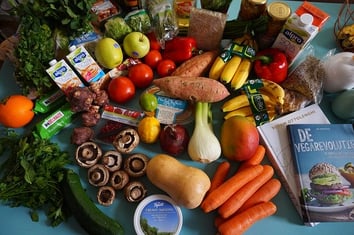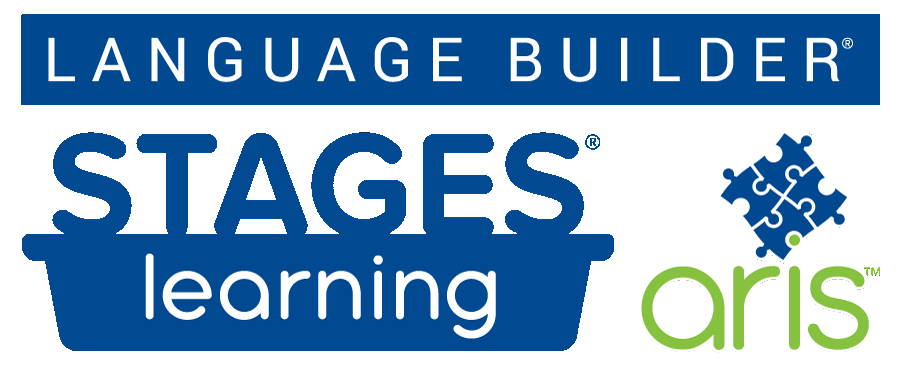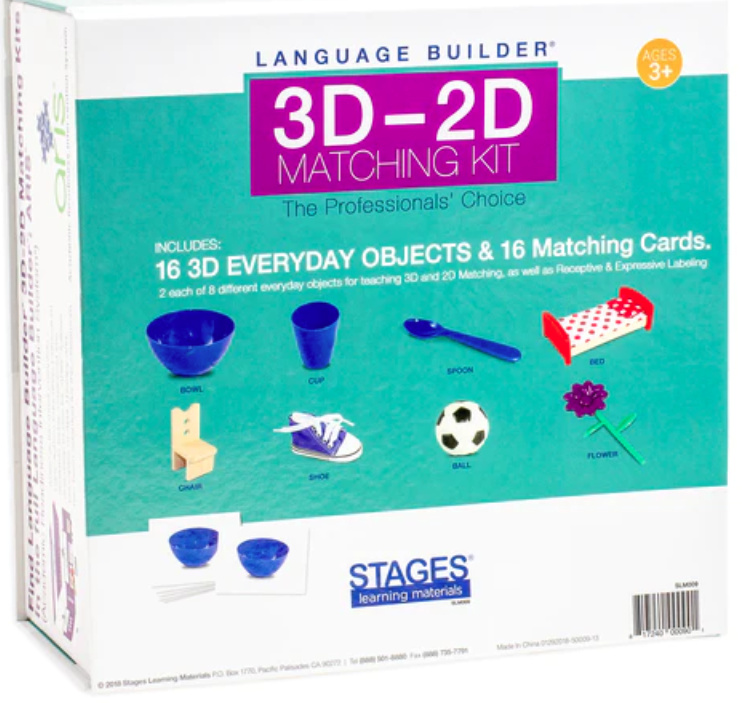
For autistic children, language skills can be taught using 2-D and 3-D matching skills. Matching is the ability to see two things and recognize that they are the same. Matching skills train and improve concentration, visual and short-term memory, attention to detail, classification skills, and vocabulary. For autistic children, developing these matching skills helps them physically identify and describe relationships between objects which leads to the development of learning language skills. Matching games offer a clear end goal, which is comforting to learners and helpful for teachers and parents.
Matching activities are a great choice for autistic students because they incorporate both visual and motor skills. Additionally, the ability to match two objects requires greater complex thinking skills, like the ability to sort objects into groups by qualities. While matching may seem like a simple task on the surface, there are cognitive processes involved.
While the concept of matching is identifying two of the same objects, this skill encourages children to develop concepts related to sorting, association, and categorization. These are more advanced concepts that encourage children to think more critically about the qualities and characteristics of objects, leading to further language development.
Teaching these matching skills can be done at home and integrated into many natural parts of the day, offering many opportunities for exposure and learning!
Note: When doing the activities below it is important to provide a reinforcer that will motivate the child with whom you are working. Reinforcement is the foundation of Applied Behavior Therapy (ABA), but it can often be misunderstood. An example of positive reinforcement would be a student receiving praise, a candy, or another desirable object following a correct answer or positive behavior. Reinforcement needs to be provided immediately following the behavior to be successful, and the item needs to be specific to the student. What one student likes, another may not.
Color Identical Matching
For color identical matching, students will learn to match 11 color cards.
- Sit facing the students. Make sure you have their attention.
- Place one color card in front of the student.
- Hand the student the corresponding color card and ask the student to match the cards.
- Use the instruction, “Math [color],” “Put with same,” or “Match [color] to [color].”
- Prompt if necessary.
- Allow the student time to match the correct objects. Reinforce the student!
Once the student has mastered matching one color set together, continue to gradually increase the number of colors in the field from 2 to 3, to 4, etc.
Enjoy this free download of our ARIS Lesson on Color Identical Matching!

3-D to 3-D Matching
For 3-D to 3-D matching, students will learn to match identical 3-D objects, including actual foods, animals, everyday objects, vehicles, and blocks. Using everyday objects, such as bowls or cups is helpful because they “nest,” which acts as a natural motivator for students to stack them together and explore matching.
- Sit with the student. Make sure you have their attention.
- Place one object in front of the student.
- Hand the student the identical object, and ask the student to match the objects.
- Use the instruction, “Match the [item],” or “Put with same.”
- Prompt if necessary.
- Allow the student time to match the correct objects. Reinforce the student!
Once the student has mastered matching one object, introduce other identical objects one at a time. Once the child becomes more confident, more objects can be added. “Distractors,” or one odd item out, can be included to add a level of complexity.
3-D to 2-D Matching
For 3-D to 2-D matching, students will learn to match 3-D objects to corresponding 2-D pictures, including foods, animals, everyday objects, vehicles, and blocks.
- Sit facing the student. Make sure you have their attention.
- Place one picture card in front of the student.
- Hand the student the corresponding 3-D object and ask the student to match the object to the picture.
- Use the instruction, “Match the [item],” “Put with same,” or “Put [item] with [item].”
- Prompt if necessary.
- Allow the student time to match the correct objects. Reinforce the student!
Once the student has mastered matching one picture card with its corresponding object, you can include more items to match, introducing them one at a time. Once the child becomes more confident, more objects can be added. “Distractors,” or one odd item out, can be included to add a level of complexity.
Common Objects Similar Matching
For common objects similar matching, students will learn to match similar picture cards depicting common objects.
- Sit facing the student. Make sure you have their attention.
- Place one picture card in front of the student.
- Hand the corresponding similar picture card and ask the student to match the cards.
- Use the instruction, “Math [picture],” “Put with same,” or “Put [picture] with [picture].”
- Prompt if necessary.
- Allow the student time to match the correct pictures. Reinforce the student!
Once the student has mastered matching one picture card, introduce other similar picture cards one at a time. Once the child becomes more confident, more objects can be added. “Distractors,” or one odd item out, can be included to add a level of complexity.
“Grocery Game”

Once the child has mastered matching similar, 3-D objects, you can introduce this fun, educational game to practice these newly acquired matching skills in a natural setting!
- Fill a basket with 3-D play food items. For example, bananas, apples, milk, a cereal box, etc.
- Place the matching 3-D food items scattered around in the kitchen.
- Have your child search in the basket for each of the matching 3-D food objects they find in the kitchen.
- Start with just one or a few 3-D food items on the counter and increase until all items are out.
- Have fun! Positively reinforce your child’s new skills.
Why Matching is Important
Autistic children may have difficulty with working memory, the type of memory that is responsible for temporarily holding information available for processing. Working memory is important for executive functions, or basic cognitive processes. Basic matching is one of the first lessons taught in an ABA program for autistic children. The visual aspect of matching is important in developing memory and understanding in autistic children.
In addition to supporting the development of your child’s cognitive abilities and language skills, teaching them how to play these games is a valuable social skill. Once your child learns to play matching or sorting games, they can play these with siblings, classmates, and friends, which supports the development of social skills. The complexity of matching games can be easily modified to suit your learner.
This article is based on the following research:
https://study.com/academy/lesson/matching-activities-for-students-with-autism.html
https://study.com/academy/lesson/memory-games-for-students-with-autism.html





